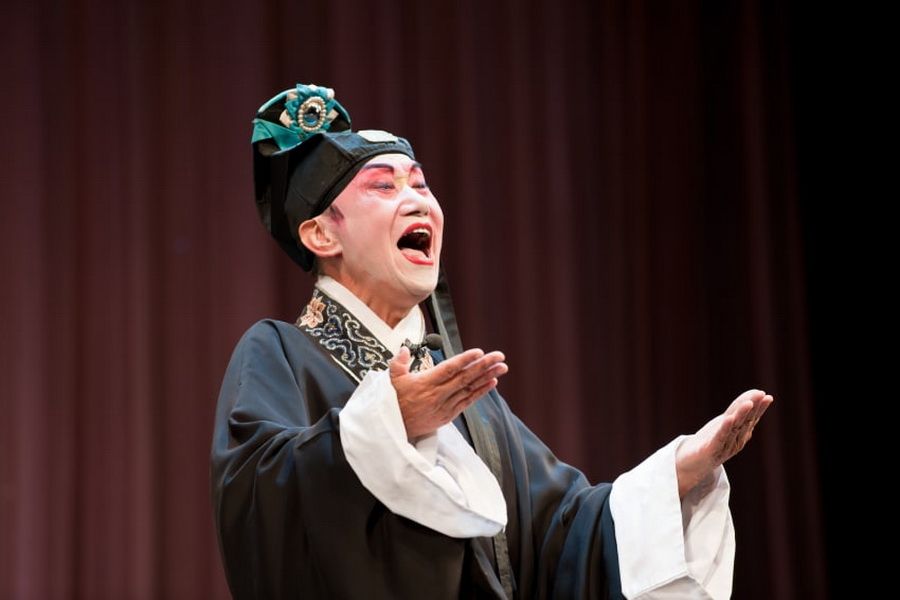
Chinese Theatre - colorful and exciting spectacle
It is impossible to say exactly when Chinese theater came into being, since almost all kinds of performing arts in China, whether it was circus, musical or dance performances, were accompanied by theatricalities. However, the first full-fledged dramatic presentation in China – Nanxi dated back to the XII-XIV centuries.
Gradually the Chinese theater began to develop, separate areas for performances were beginning to be established, troupes and performances on permanent basis began to be created. The XIV-XVII centuries marked the beginning of heyday of Chinese theater, which had two main areas.
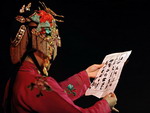 |
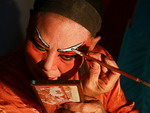 |
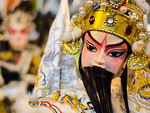 |
Iyan Theater assumed daily lives of ordinary people and historical events as a basis of their performances. This theatrical direction was popular among the commons. Performances were given at the marketplaces or in taverns. Other theatrical direction - Kunshan Theater was spread among aristocrats and at the emperor’s court.
The Chinese theater is unique by itself. In the Middle Ages there were troupe, where male and female roles were played by either men only or women only. In addition, the nature of the character could be traced not only by an actor performing a role, but also by the make-up, applied to his face. Depending on the color, the audience understood the role type. For example, the red color indicated loyalty and honesty of the hero, the gold one was used for the mythical heroes, etc.
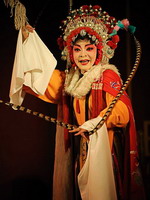 |
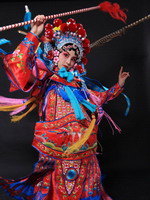 |
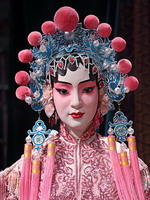 |
The XII-XIX centuries saw the formation of the famous Peking Metropolitan Theater, known as tszinsi. The most famous troupes of that period appeared on its stage. This was the period of formation of theatrical traditions that also remained unchanged for the modern Chinese theater.
The most important rule of traditional theater is that all participants must possess not only acting technique, but also a musical talent, as well as the art of oratory. They must possess excellent dance and martial arts skills, the latter is necessary for the production of plays on military themes, favorite for the Chinese.
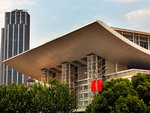 |
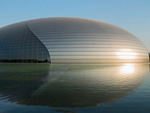 |
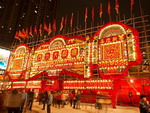 |
One of the varieties of Chinese theater is opera. Chinese opera is almost indistinguishable from a dramatic performance. The artists are required to have not only unique vocals, but also artistic talent. It should be noted that to date, the famous Peking Opera is considered to be the best China's opera house.
Today's Chinese Theatre is quite a common phenomenon. It is a fascinating colorful spectacle that combines not only acting, but also acrobatic, dance and music scene. Theatrical performances are on not only in major cities during the theater season - China features so-called “wandering troupes” when the artists give performances during fairs, festivals and other various events.

